I thought they were a bit light for robins but didn’t know bluebirds had blue eggs. Did you photograph into the nest box?? I have not seen bluebird eggs but only robin eggs.
Yes. I have several bluebird nest boxes I put up.
Some species will not tolerate observations or disturbance of nest. But bluebirds will once they lay their eggs. I do once weekly after eggs are laid .
If chickadee nests I leave alone.

www.floridabluebirdsociety.org
Excerpt:
" Nestbox Monitoring Protocol
The Florida Bluebird Society’s Nestbox Monitoring Protocol has been distilled from several sources, including the North American Bluebird Society, Cornell Lab of Ornithology NestWatch Nest Monitor’s Code of Conduct, the American Birding Association Principles of Birding Ethics, state bluebird organizations, and web sites such as Sialis.org.
Our Protocol seeks to adhere to two guiding principles:
A. The Florida Bluebird Society recognizes the need to provide nestboxes if there is to be a healthy population of Eastern Bluebirds in Florida. We will, as much as possible, confine its role to that of providing nestboxes and refrain as much as possible from assuming a caretaker role.
B. The Florida Bluebird Society promotes the monitoring of nestboxes with minimal disturbance to help ensure bluebird nesting activities remain as “natural” as possible, and that the bluebirds retain their “wild” status.
FLORIDA BLUEBIRD SOCIETY NESTBOX MONITORING PROTOCOL
1. Ensure the Safety and Well-being of the Birds
The first principle of monitoring a nestbox is that no observation should jeopardize the safety and well-being of the birds. All activities associated with the bluebird nesting box should be done as quickly, quietly, and carefully as possible.
We strive to avoid stressing the birds and do everything possible to ensure the least amount of impact upon the birds. Our activities must not jeopardize their nesting success.
Everything the monitor needs to know can be obtained very quickly, preferably in one minute or less. When taking photographs, there is no reason to keep the nestbox open for a prolonged period of time.
2. Plan Ahead to Minimize Disturbance
Nestboxes are monitored only for data collection. Planning is important to maximize monitoring efforts and minimize time at the nestbox.
- Learn to identify the nests of different species. This will enable you to know what you’re looking at when you open the box.
- Learn the normal time frame for the nesting events.
- Plan a regular schedule of visits to the nestbox in order to obtain an accurate record of the nesting events.
- Prepare in advance the field data sheets to record the information.
- Move away from active nestboxes when recording the data to avoid unduly stressing the birds.
3. Caution is the Key
Announce your presence before opening the nestbox. In many instances the birds will flush from the nest before the monitor arrives at the box. When this doesn’t occur, lightly tap the side of the box before opening it very slowly. If the adult doesn’t get off the nest, carefully close the box and leave the area. When opening the box or tapping the side of the open box, stand to one side, not in front of the box. This is for two reasons: 1. If there is a parent in the box, this will let the bird fly out, and 2. standing to the side will protect you if there is any other creature in the box, such as a snake. You don’t want any surprises coming at you.
4. Hands OFF
When monitoring the nestbox, do not handle the bluebird nest, eggs, nestlings or parents during an active nesting period. In Florida, individuals wanting to handle the bluebird nest or its contents during the active nesting period need to possess the proper federal and/or state permits. An active nesting period is defined as follows: Nest building, egg laying, egg incubation or nestlings present. Please note, if a nest was built but no breeding activity was observed, it is still considered active until the end of the full breeding season.
It is recommended that a camera phone (with no flash), mechanic’s mirror or dental mirror be used to view the inside of the nest to count the eggs or nestlings. If unable to make an accurate count of the eggs or nestlings, indicate it is a minimum number rather than handle the nest contents.
English sparrows and starlings are not protected by the Federal Migratory Bird Act. The nests, eggs, nestlings and any adults should be removed if found in a nestbox. House sparrows are small enough to enter a nestbox through a 1½” entry hole and will destroy bluebird eggs. They will attack and kill both nestlings and adult birds trapped inside a nestbox. It is important to recognize the birds and nests protected by the Federal Migratory Bird Act and those non-native species which are not protected.
5. How Often and When
Nestboxes should be monitored once a week in order to obtain accurate data, to inspect and make any necessary repairs to the nestboxes, to determine the status of the nestlings, and to avoid interfering with the natural nesting schedule of the"
Use link for full article!

 www.floridabluebirdsociety.org
www.floridabluebirdsociety.org




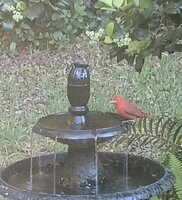
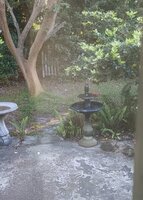
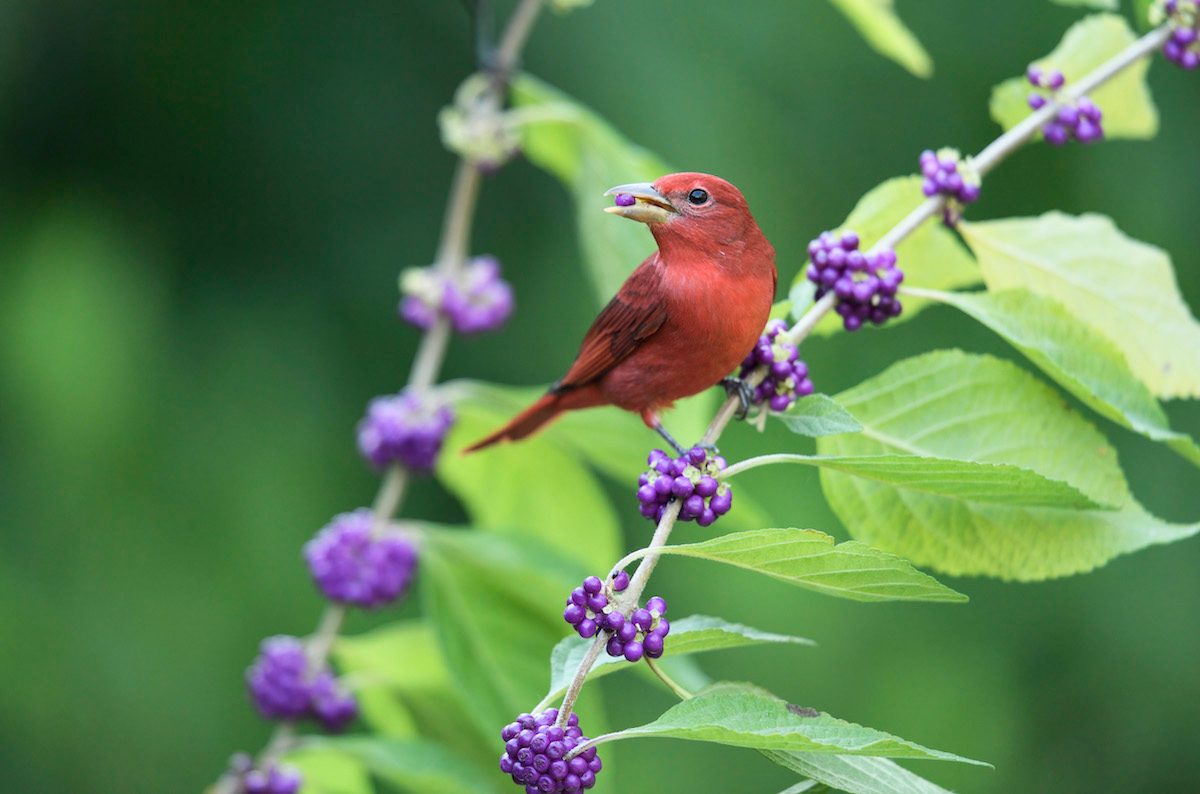
 www.birdsandblooms.com
www.birdsandblooms.com
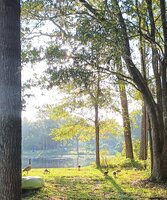
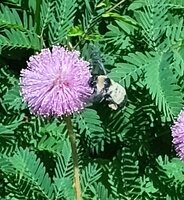

 They have this delicate elegance beauty to them
They have this delicate elegance beauty to them